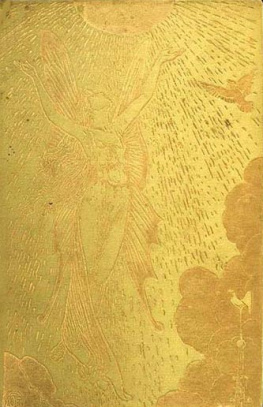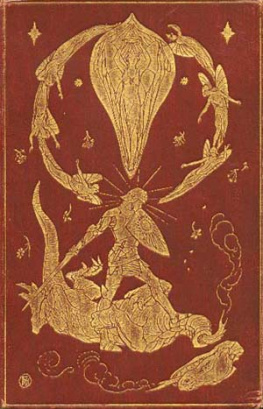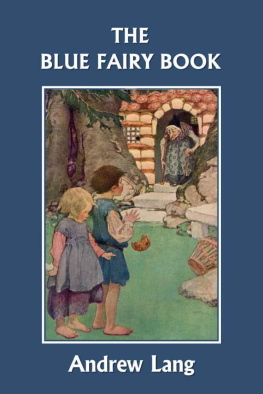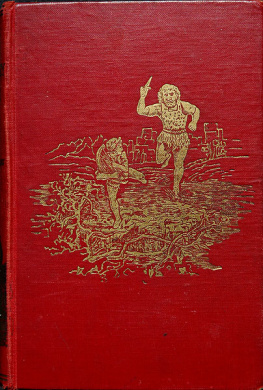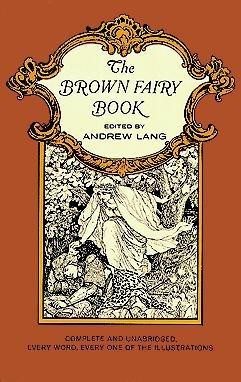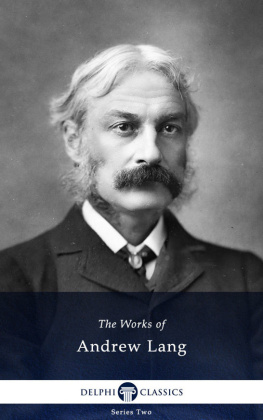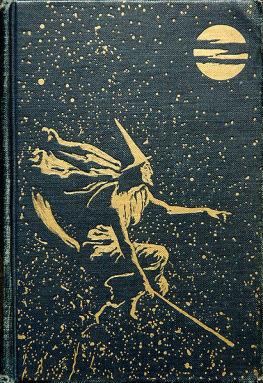PREFACE
The Editor thinks that children will readily forgive him forpublishing another Fairy Book. We have had the Blue, the Red, theGreen, and here is the Yellow. If children are pleased, and theyare so kind as to say that they are pleased, the Editor does notcare very much for what other people may say. Now, there is onegentleman who seems to think that it is not quite right to print somany fairy tales, with pictures, and to publish them in red andblue covers. He is named Mr. G. Laurence Gomme, and he is presidentof a learned body called the Folk Lore Society. Once a year hemakes his address to his subjects, of whom the Editor is one, andMr. Joseph Jacobs (who has published many delightful fairy taleswith pretty pictures) isanother. Fancy, then, the dismay of Mr. Jacobs, and of the Editor,when they heard their president say that he did not think it verynice in them to publish fairy books, above all, red, green, andblue fairy books! They said that they did not see any harm in it,and they were ready to 'put themselves on their country,' and betried by a jury of children. And, indeed, they still see no harm inwhat they have done; nay, like Father William in the poem, they areready 'to do it again and again.'
Where is the harm? The truth is that the Folk Lore Societymadeup of the most clever, learned, and beautiful men and women of thecountryis fond of studying the history and geography of FairyLand. This is contained in very old tales, such as country peopletell, and savages:
'Little Sioux and little Crow,
Little frosty Eskimo.'
These people are thought to know most about fairyland and itsinhabitants. But, in the Yellow Fairy Book, and the rest, are manytales by persons who are neither savages nor rustics, such asMadame D'Aulnoy and Herr Hans Christian Andersen. The Folk LoreSociety, or its president, say that THEIR tales are not so true asthe rest, and should not be published with the rest. But WE saythat all the stories which are pleasant to read are quite trueenough for us; so here they are, with pictures by Mr. Ford, and wedo not think that either the pictures or the stories are likely tomislead children.
As to whether there are really any fairies or not, that is adifficult question. Professor Huxley thinks there are none. TheEditor never saw any himself, but he knows several people who haveseen themin the Highlandsand heard their music. If ever you arein Nether Lochaber, go to the Fairy Hill, and you may hear themusic yourself, as grown-up people have done, but you must goon afine day. Again, if there are really no fairies, why do peoplebelieve in them, all over the world? The ancient Greeks believed,so did the old Egyptians, and the Hindoos, and the Red Indians, andis it likely, if there are no fairies, that so many differentpeoples would have seen and heard them? The Rev. Mr. Baring-Gouldsaw several fairies when he was a boy, and was travelling in theland of the Troubadours. For these reasons, the Editor thinks thatthere are certainly fairies, but they never do anyone any harm;and, in England, they have been frightened away by smoke andschoolmasters. As to Giants, they have died out, but real Dwarfsare common in the forests of Africa. Probably a good many storiesnot perfectly true have been told about fairies, but such storieshave also been told about Napoleon, Claverhouse, Julius Caesar, andJoan of Arc, all of whom certainly existed. A wise child will,therefore, remember that, if he grows up and becomes a member ofthe Folk Lore Society, ALL the tales in this book were not offeredto him as absolutely truthful, but were printed merely for hisentertainment. The exact facts he can learn later, or he can leavethem alone.
There are Russian, German, French, Icelandic, Red Indian, andother stories here. They were translated by Miss Cheape, Miss Alma,and Miss Thyra Alleyne, Miss Sellar, Mr. Craigie (he did theIcelandic tales), Miss Blackley, Mrs. Dent, and Mrs. Lang, but theRed Indian stories are copied from English versions published bythe Smithsonian Bureau of Ethnology, in America. Mr. Ford did thepictures, and it is hoped that children will find the book not lesspleasing than those which have already been submitted to theirconsideration. The Editor cannot say 'good-bye' without advisingthem, as they pursue their studies, to read The Rose and the Ring,by the late Mr. Thackeray, with pictures by the author. This bookhe thinks quite indispensable in every child's library, and parentsshould be urged to purchase it at the first opportunity, as withoutit no education is complete.
A. LANG.

